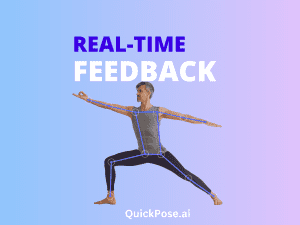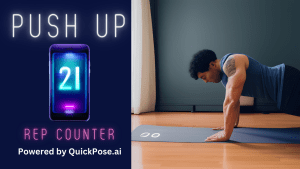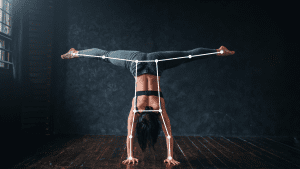Vision AI, also known as computer vision, can have a significant impact on sports performance. By using cameras and algorithms to analyze video footage, vision AI can provide athletes and coaches with valuable insights and data on performance, technique, and tactics.
Real-time Feedback
One of the key ways that vision AI can help in sports performance is by providing real-time feedback on technique and form. By analyzing video footage, AI algorithms can identify areas where athletes may need to adjust their form or make changes to their technique to improve performance and reduce injury risk. This feedback can be used to guide training and practice sessions, helping athletes to develop better habits and achieve better results.
Detailed Data of Athletes
Another way that vision AI can help in sports performance is by providing detailed data on player positioning, movements, and tactics. By analyzing video footage, AI algorithms can track player movements and identify patterns, providing coaches with valuable insights into how the team is performing and where improvements can be made. This information can be used to adjust game plans and tactics, helping teams to gain a competitive edge.
Analyse Athletes’ Physical Condition
Vision AI can also be used to analyze an athlete’s physical condition, providing data on their movement, strength, and endurance. This information can be used to create personalized training plans and identify areas where an athlete may need to focus on to improve performance.
In summary, vision AI can provide athletes and coaches with valuable data and insights that can improve sports performance. By analyzing video footage, AI algorithms can provide real-time feedback on technique, track player movements and tactics, and provide data on an athlete’s physical condition. With the help of vision AI, athletes and teams can improve their performance and gain a competitive edge.
Other Frequently Asked Questions
What is Pose Estimation?
Can Vision AI be used for all types of exercises?
Is Vision AI accurate?
Do I need any special equipment to use a fitness app with Vision AI technology?
How to Use LLMs and Pose Estimation to Create an AI Fitness Coach
The LLM analyses this data provided by QuickPose ML algorithms and provides motivational messages, celebrating achievements…
How Can AI Be Used in Fitness Apps?
24 ways that AI can be used to improve activation, conversion, and retention in Fitness Apps.…
Fitness App Trends
From wearables to hyper-personalisation there are key trends in fitness in 2023, with some key predictions…
Best Fitness Apps using AI in 2023
In today’s tech-driven world, even your fitness journey can be personalised and optimised with the help…
5 Reasons Why Real-Time Feedback Enhances User Experiences
Trigger alerts and voice commands from body position info.
Counting Exercise Reps: MediaPipe in iOS with Swift
Step-by-step instructions to integrate QuickPose into your iOS App.
How to build an AI Lunge Counter App
Step-by-step instruction of how to build an AI Lunge Counter using QuickPose.
How to Build an AI Push Up Counter App
Step-by-step instruction of how to build an AI Push Up Counter app with QuickPose.
Example Use Cases of Pose Estimation in Fitness Apps
The Fitness App industry is on the rise, with an estimated revenue $19.55 Billion in 2023,…
What is Human Pose Estimation?
Human Pose Estimation is a computer vision technique that utilizes Machine Learning (ML) and Deep Learning…
Great Fitness Apps Using AI
Fitness apps have come a long way in recent years, and the integration of artificial intelligence…
15 Best Crypto Move-to-Earn Apps
15 Best Crypto Move-to-Earn Apps in 2023: Where fitness and Crypto Overlap As we keep making…
How Pose Estimation Can Validate Move-to-Earn
What is Move-to-Earn? Move-to-earn is a concept where users are rewarded with cash or other…













